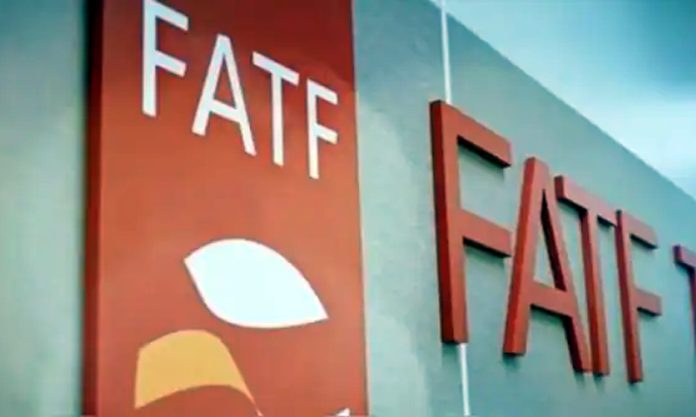NEW DELHI, Sep 19 : Global anti-money laundering and counter-terror financing body FATF on Thursday released India’s much anticipated mutual evaluation report, saying the country’s systems in these domains were “effective” but “major improvements” were required to strengthen prosecution in such cases.
The 368-page report with a cover picture of India’s new Parliament draped in Tricolour lights was released after the assessment was adopted by the Paris-headquartered body during its plenary meeting held in June.
The last such review of India’s combating of money laundering and terror financing regime was published in 2010. India will “report back” to the plenary after three years.
The report, which comes after a visit of FATF experts to India last November, has placed the country in the “regular follow up” category, a distinction shared by only four other G20 countries.
India will undergo its next evaluation in 2031.
The Union finance ministry issued a series of posts on its X handle, saying India achieved “a significant milestone by securing regular follow up rating from FATF” and that this was a “proud moment”.
“This is a testament to our nation’s commitment to combating money laundering and terrorist financing,” it said.
The report said India achieved a high level of technical compliance across the FATF recommendations and took significant steps to implement measures to tackle illicit finance.
“Nevertheless, it is critical that the country continues to improve its system as its economy and financial system continue to grow, in particular ensuring that money laundering and terrorist financing trials are completed and offenders are subject to appropriate sanctions; and taking a risk-based and educative approach with non-profit organisations,” its executive summary said.
The summary said it could be concluded that India had implemented an anti-money laundering and counter-terrorist financing (AML/CFT) framework that was achieving “good” results, including on risk understanding, access to beneficial ownership information and depriving criminals of their assets.
The report said India’s anti-money laundering (AML) and combating financing of terror (CFT) system was “effective in many respects.”
According to the Financial Action Task Force (FATF), “major improvements” were required to strengthen the prosecution in money laundering and terror financing cases and to protect the non-profit sector from “terror abuse”.
“India’s main sources of money laundering originate from within, from illegal activities committed within country,” it said, adding the country faced “disparate” range of terror threats, most significantly from ISIL (Islamic State or ISIS) or AQ-linked groups (Al Qaeda) active in and around Jammu and Kashmir.
“India’s largest money laundering risks are related to fraud, including cyber-enabled fraud, corruption, and drug trafficking,” the report said.
It underlined that understanding of money laundering threats arising from trafficking in human beings and migrant smuggling and that from smuggling and dealing in precious metals and stones “can be further developed.”
The FATF’s concern remained prosecution in advanced financial crimes as it said that “although numbers of prosecutions and convictions have started to increase, the backlog of pending cases remains considerable, with a large number of accused persons awaiting conclusion of their trials”.
The world body, of which India became a member in 2010, said while the number of money laundering investigations had increased over the period under review, the number of prosecution complaints had not caught up accordingly (while noting the timing of investigations and prosecutions might differ significantly due to the delay between the start of an investigation and filing the prosecution complaint, which could take several years).
“On average, 20 per cent of all money laundering investigations were prosecuted, with 3 per cent reaching the conclusion to not prosecute. ED (Enforcement Directorate) has faced only one acquittal during the review period, although the number of money laundering cases convicted is relatively low with only 28 cases convicted for ML (money laundering) over the evaluation period,” it said.
Although the conviction rate stands at almost 97 per cent, there are a number of factors that may explain the low number of prosecutions over the evaluation period, it said.
The report added that “one important reason” related to a constitutional challenge through 121 petitions to PMLA (Prevention of Money Laundering Act) provisions since 2018, which put on hold a number of trials and was only disposed of by the Supreme Court (Vijay Madanlal Chowdhary vs Union of India) in July 2022.
Suspicious transaction reporting by some financial institution sub-sectors appears low, including non-financial banking companies, the department of post and rural banks, and DNFBPs (designated non-financial businesses and professions, are yet to detect and file suspicious transaction reports in a “significant way”, it said.
The FATF also endorsed that India has taken “significant” steps in financial inclusion, more than doubling the proportion of the population with bank accounts, encouraging greater reliance on digital payment systems, and making use of simplified due diligence for small accounts.
“These efforts have supported financial transparency, which in turn contribute to AML/CFT efforts,” it said. (PTI)
Trending Now
E-Paper


